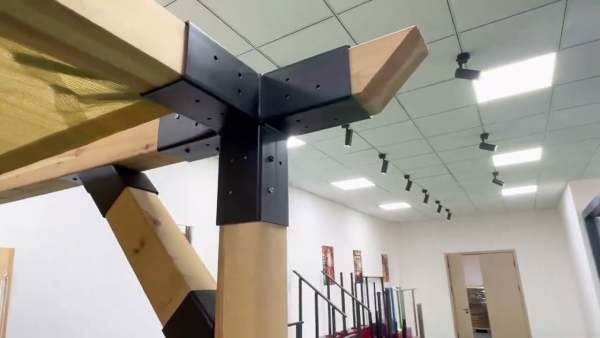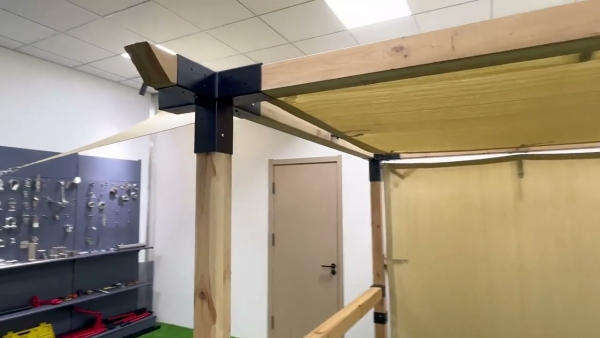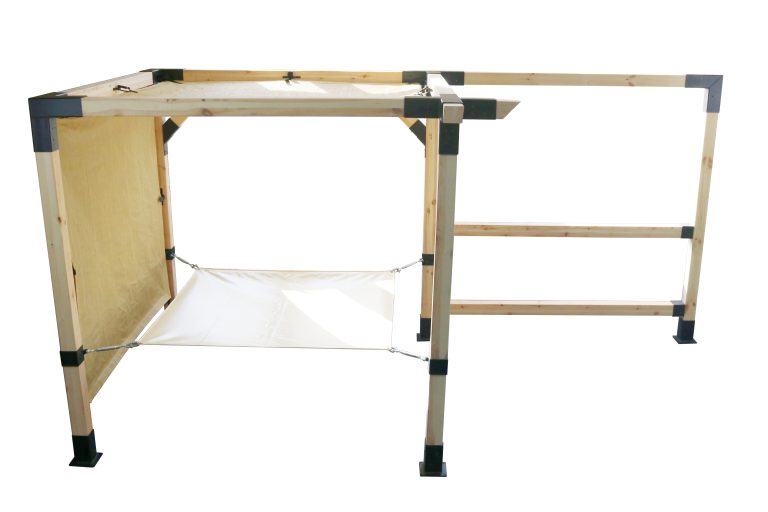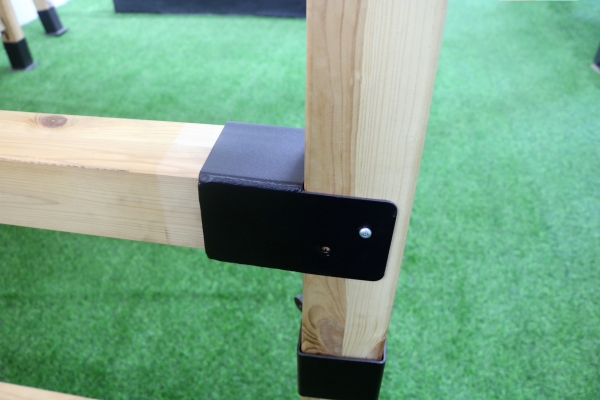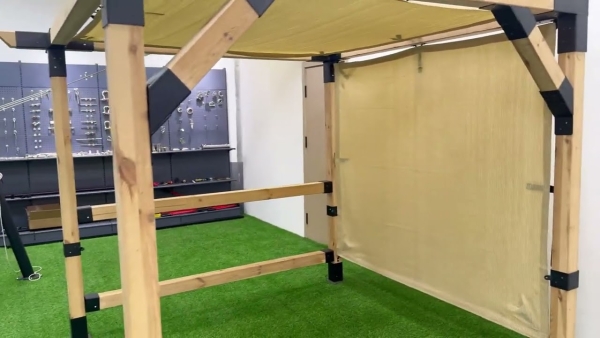Table of Contents
Permits Required for Building a Pergola: What You Need to Know
Building a pergola can be a great addition to your outdoor space, providing shade and a place to relax and entertain. However, before you start construction, it is important to understand the regulations and permits required for building a pergola. In many cases, a permit is necessary to ensure that the structure meets building codes and is safe for use.
Permits for building a pergola vary depending on the location and size of the structure. In general, if your pergola is larger than a certain size or height, you will likely need a permit. The specific requirements for permits can vary by city or county, so it is important to check with your local building department before starting construction.
One of the main reasons why permits are required for building a pergola is to ensure that the structure is safe and meets building codes. Building codes are regulations that govern the design and construction of buildings and structures to ensure they are safe for use. By obtaining a permit, you are ensuring that your pergola is built to code and will not pose a safety hazard.
In addition to safety concerns, permits are also required to ensure that the pergola complies with zoning regulations. Zoning regulations govern how land can be used and what types of structures can be built on a property. By obtaining a permit, you are ensuring that your pergola is in compliance with these regulations and will not cause any issues with neighboring properties.
When applying for a permit to build a pergola, you will need to provide detailed plans and specifications for the structure. This may include information on the size, height, and location of the pergola, as well as details on the materials and construction methods to be used. The building department will review these plans to ensure that the pergola meets all necessary requirements.
Once you have obtained a permit, it is important to follow the approved plans and specifications during construction. Failure to do so can result in fines or other penalties. It is also important to have inspections done at various stages of construction to ensure that the pergola is being built correctly and in compliance with the permit.
In some cases, you may be able to build a pergola without a permit if it is small enough or meets certain criteria. However, it is always best to check with your local building department to determine if a permit is required. Building without a permit can result in fines, penalties, or even having to tear down the structure.
In conclusion, obtaining a permit to build a pergola is an important step in ensuring that the structure is safe and in compliance with building codes and zoning regulations. By following the necessary steps and obtaining the proper permits, you can enjoy your pergola knowing that it has been built correctly and will provide years of enjoyment.
Step-by-Step Guide to Obtaining a Permit for Your Pergola Project
Building a pergola can be a great addition to your outdoor space, providing shade and a beautiful focal point for your backyard. However, before you start construction, it is important to determine whether you need a permit to build a pergola. Permit requirements can vary depending on your location and the size and design of the pergola you plan to build. In this article, we will provide a step-by-step guide to help you navigate the process of obtaining a permit for your pergola project.
The first step in determining whether you need a permit for your pergola project is to check with your local building department. They will be able to provide you with information on the specific requirements for your area, including any zoning regulations or building codes that may apply to your project. It is important to familiarize yourself with these regulations before you begin construction to avoid any potential issues down the road.

Once you have determined that a permit is required for your pergola project, the next step is to submit an application to the building department. This application will typically require you to provide detailed plans and specifications for your pergola, including the size, materials, and location of the structure. You may also be required to pay a fee when submitting your application, so be sure to budget for this expense.
After you have submitted your permit application, the building department will review your plans to ensure that they comply with local regulations. This process can take several weeks, so it is important to be patient and allow for enough time for the review to be completed. If your plans are approved, you will be issued a permit to begin construction on your pergola.
Once you have obtained your permit, you can begin construction on your pergola project. It is important to follow the approved plans and specifications to ensure that your pergola meets all building code requirements. If you make any changes to your plans during construction, you may be required to submit revised plans to the building department for approval.
Throughout the construction process, it is important to keep in mind that building inspectors may visit your property to ensure that your pergola is being built according to the approved plans. It is important to cooperate with these inspections and address any issues that may arise to avoid any delays in the construction process.
Once your pergola is complete, a final inspection will be conducted by the building department to ensure that the structure meets all building code requirements. If your pergola passes this inspection, you will be issued a certificate of occupancy, allowing you to use and enjoy your new outdoor space.
In conclusion, obtaining a permit for your pergola project is an important step in ensuring that your structure is built safely and in compliance with local regulations. By following the steps outlined in this article, you can navigate the permit process with confidence and enjoy your new pergola for years to come.

